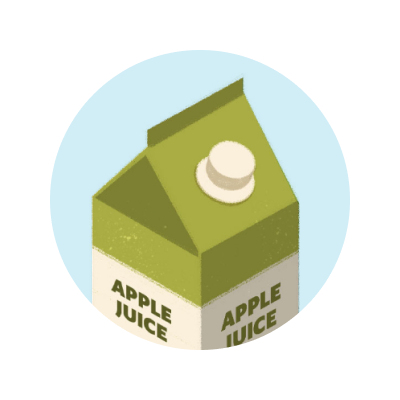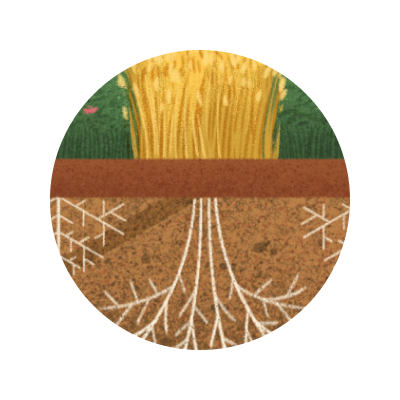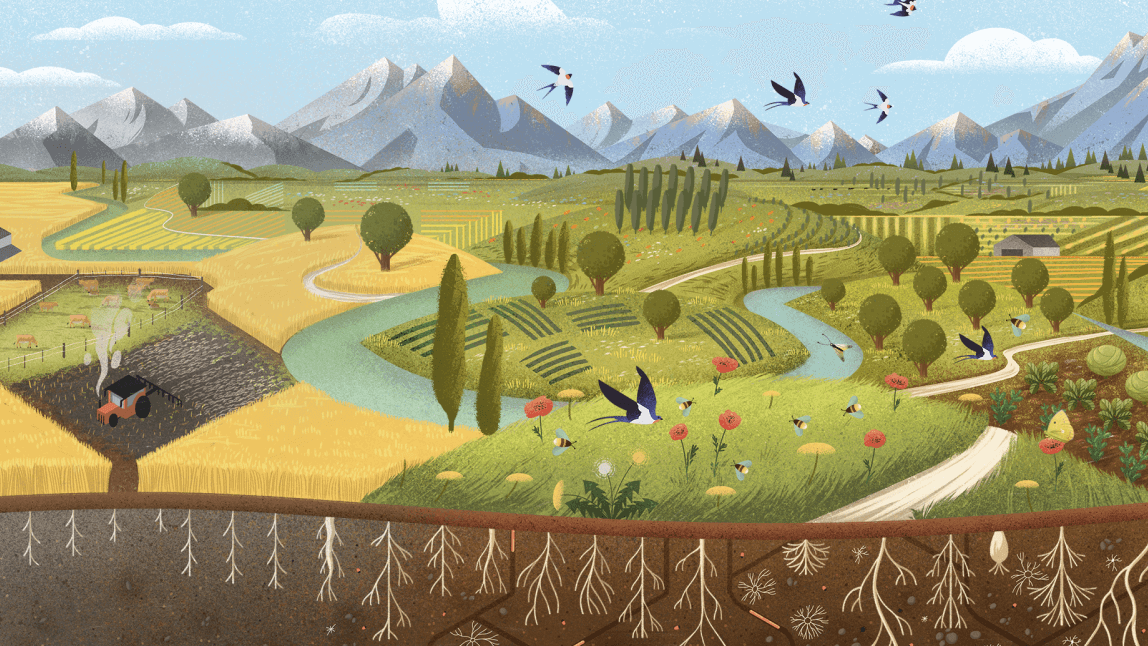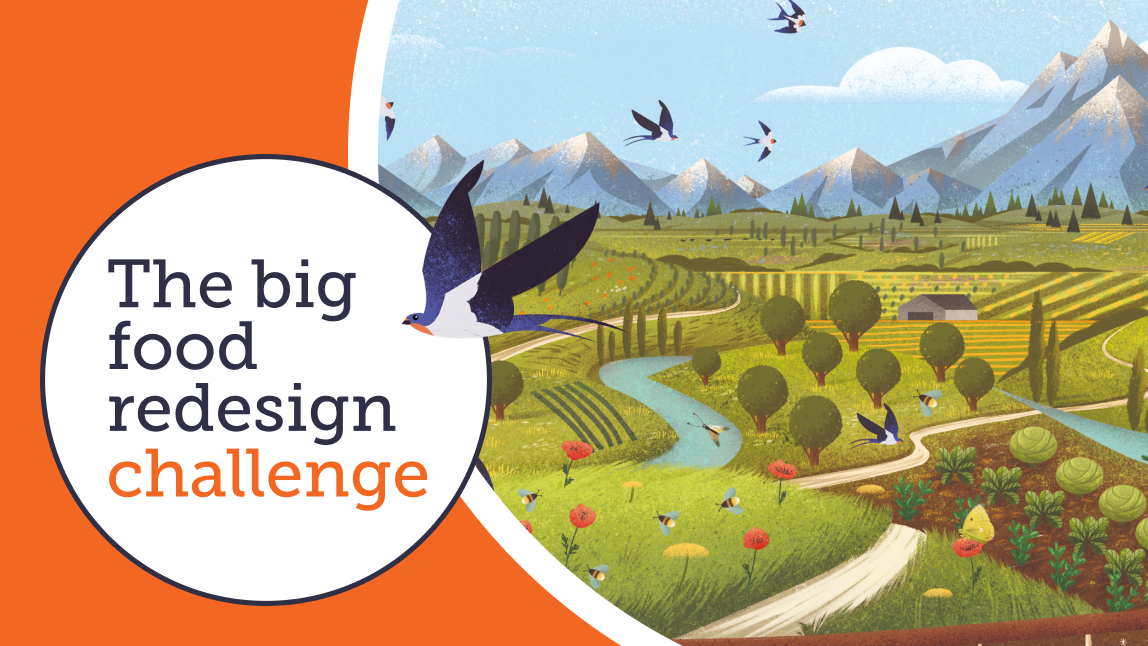Fast-moving consumer goods and retailers can take action in five main areas to make nature-friendly food a common practice

1. Create ambitious and well-resourced action plans to make nature-positive product portfolios a reality
By putting in place product development strategies that combine the four circular design opportunities – diverse, lower-impact, upcycled, and regeneratively produced ingredients – businesses can transform their ingredient portfolios.
Credible plans could include:
Clear goals to tackle climate change and biodiversity loss
Assessment of current environmental and economic impacts at the farm level
Development of new mechanisms that empower teams to design food products in line with ingredient portfolio goals

2. Create a new collaborative dynamic with farmers
Forming strategic partnerships and strong working relationships with farmers is at the heart of circular design for food. Because regenerative farm systems are established according to their context, there is no universal pathway for every farmer to follow. By designing with farmers, FMCGs and retailers can embed evolving farm system realities in food design strategies over time.
FMCGs and retailers can:
reshape relationships across the value chain
make the economics work by establishing new contract terms, buying models and cost-sharing initiatives
facilitate knowledge sharing between farmers.

3. Develop iconic products to showcase the potential of circular design for food
Redesigning portfolios and renovating core products at scale to capture the clear long-term economic and environmental opportunities will take time. To get started and build momentum, FMCGs and retailers can show what is possible through new products that bring circular design for food to life. This can allow businesses to create space for designers to experiment and learn, test new concepts with consumers, gain frontrunner advantage, and build a compelling business case.

4. Contribute to and use common on-farm metrics and definitions
To design products that allow nature to thrive, new metrics and definitions are needed to determine what qualifies as regenerative production, measure farm-level impacts of product design decisions, track progress towards company targets, and provide stakeholders and customers with accurate information on product benefits. Businesses can play a key role in developing and applying such metrics and definitions, while considering local contexts.

5. Advocate for policies that support a nature-positive food system
As governments progressively recognise the critical role food system transformation can play in tackling climate change and biodiversity loss – thereby achieving a number of the United Nations’ Sustainable Development Goals – businesses can accelerate policy development by advocating for measures that support circular design for food and a nature-positive food system.
Download
To quote the study, please use the following reference: Ellen MacArthur Foundation, The big food redesign: Regenerating nature with the circular economycircular economyA systems solution framework that tackles global challenges like climate change, biodiversity loss, waste, and pollution. It is based on three principles, driven by design: eliminate waste and pollution, circulate products and materials (at their highest value), and regenerate nature. (2021).
Redesigning food for a nature-positive future is possible and companies can make it happen.
Read The big food redesign study for more.

The Big Food Redesign Challenge
A food system that allows nature to thrive is not just possible — it’s already happening. Explore the Big Food Redesign Challenge, created in partnership with the Sustainable Food Trust.








